If there was a camera that really got people talking in 2013, it was the Sony a7 and a7R. Hailed as a “game changer” and “camera of the year” by both PDN and PopPhoto, it’s gotten a lot of attention. A full frame, powerful and purportedly pro-level mirrorless compact, what’s not to love? Many Sony fans were quick to hail it as the beginning of the end for the DSLR, and even many DSLR shooters seemed ready to join them. I’ve been shooting with the a7R for a few weeks now, and it’s time I laid down my personal verdict on this camera.
If you read my initial impressions of Sony’s flagship interchangeable lens compact camera (ILC), you read that I was pleasantly surprised with the camera. I like the ergonomics, I like the placement of the buttons, and I liked the feeling of shooting with the camera. But those impressions were made before I attempted real shooting with the camera. So after a few weeks with it, I have a more complete picture of where the a7R would fit in my life.
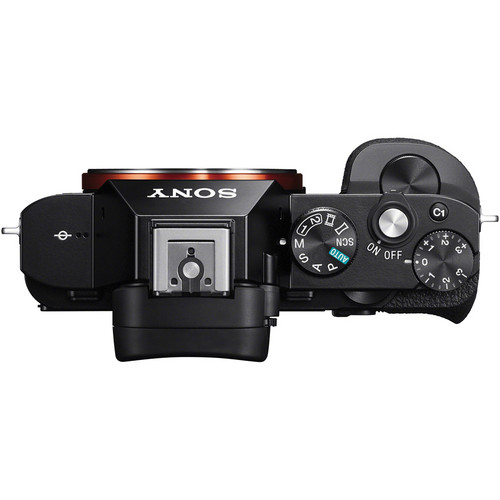
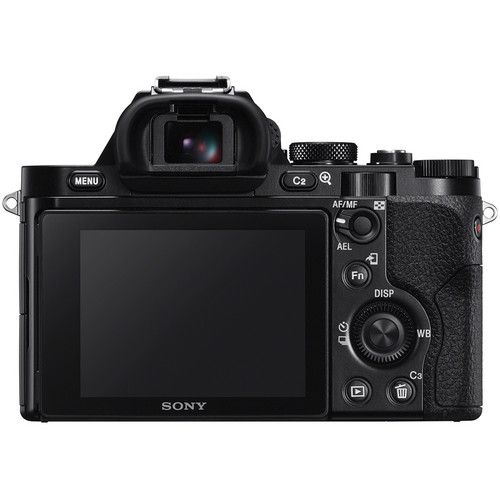
My original positive feelings towards the buttons and knobs on the a7r remain, as I think the placement of everything was extremely smart. I really do love how I can do basically everything I do when shooting without having to bring up a menu. Ever. I can’t even say that about working with the Canon 6D or 70D. They force me into a menu at some point. Not with the Sony a7R. I can access shutter speed, aperture, ISO, white balance, change the center of focus, adjust the camera’s light meter, swap between manual and auto focus and record video all quickly and relatively easily. Sony did have the rather annoying habit of making anything involving moving a digital reticle require the use of two knobs (slide one for up/down, the other for left/right) instead of just using the back multi-directional pad, but this is minor and can probably be adjusted in the custom settings (at least I hope it can, but after several minutes fumbling through menu settings I gave up).
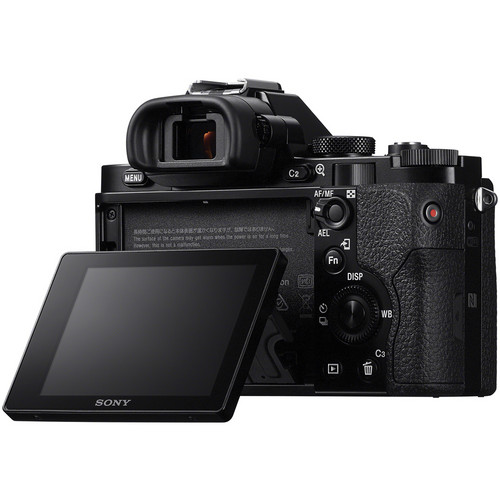
While we are talking the physical aspects of the camera, I want to take a moment to talk about Sony’s insistence that the tilt-up screen is better than a flip out screen (I mean, they have to believe it’s better if they keep putting it on every camera they make, right?). It’s not better Sony. It’s effectively worse than a flip out screen in every way. Name one thing the tilt up screen does that a flip out can’t.
…
Right. Nothing. Need to see from above? Flip out screen rotates, tilt screen tilts. Below? Same. What if the camera is up against a wall and you need to see the screen? Whoops. Tilt up screen doesn’t handle that, but flip out does. I can see a tilt out screen from any angle, but the tilt up screen only if I’m always behind the camera. Let me tell you, shooting any architectural photography would be much easier with a flip out screen. In short, the tilt up doesn’t solve any problems.
I also wish the a7 had a touch screen. Oh well.
The menu system is just as easy, if not easier to use, as a Nikon or Canon one, if you want to compare. I could pretty easily find whatever I was looking for and toggle quickly.
Though you will very rarely manual focus with this camera when shooting stills, you still might want to in some situations and you will of course want to in video (you do rack focus when you shoot video right? RIGHT? Good.). As soon as you start moving the focus ring, the a7 automatically digitally zooms to the center point you have determined so you can focus carefully and accurately every time. It’s like on a Canon when you hit the plus buttons in live view to make sure your focus is tack sharp, but it does this every time. I dig it. If you don’t like it, it’s easily disabled in the menu settings.
This camera can be straight fun to shoot with when you’re on the go. It’s a feeling that can be found in many of the ILCs on the market. It feels like a big DSLR that I have come to love over the years, but smaller and more manageable. I have found that over the years I shoot less and less for fun. It’s just become a hassle to bring a camera along, and when I rely on my phone I end up being disappointed with my images a large majority of the time. With the Sony a7R, I can much more easily rationalize bringing the camera with me even when I’m not sure if I will even need it or use it. It fits in a backpack, a satchel or a purse easily. The camera really makes me want to shoot for fun again, and that right there has inherent value to me.
I do want to point out that though the camera is indeed compact, it is by no means lightweight. It’s actually surprisingly hefty. This can be seen as both a good and bad thing. On one hand, that heft feels strong, sturdy and reliable. I’ve never been afraid of breaking this camera. On the other hand, there is no ignoring that it’s heavy. It’s a wholly different experience than, say, the EOS M. You’re well aware it’s coming along with you.
The number one selling point of this camera was the full frame sensor, and Sony absolutely did not let me down here. Images taken on this camera look truly breathtaking. The sensor is a monster when it comes to dynamic range, and the amount of detail it picks up in the shadows is magnificent. Let me show you. Below, the first images in each set are as they were shot. The second after I pushed the shadows in post:
I would never do this kind of shadow-bumping normally, but it shows you how beautifully sensitive the sensor is. It puts a big smile on my face. I took the camera to a museum and shot at ISO 600 to 1600 and was able to get some really nice images.


And a 100% crop of that last image:

The a7R is capable of producing exceptionally good video, and it’s an aspect of this camera I can really see myself loving. Because it’s so small, it’s an excellent b-roll camera when following a subject for a documentary-like situation. I was on set, climbing stairs and jumping c-stands to follow my subject, and it was MUCH easier than shooting with a DSLR. However, the stabilization of the lens is a much-desired feature. I only had the 35mm f/2.8 Zeiss for this review, and it offers no stabilization features at all. It’s pretty noticeable in the footage. If Tamron built me a nice wide, fast VC lens for Sony E-Mount, I would be one happy camper with the perfect run-and-gun setup.
I have an update on my love of that sensor click: yes, it’s a gloriously heavy sound, but that comes at the expense of the camera’s stability. That shutter hits with what feels like enormous pressure in such a small body. You can feel the camera shuddering with each click of the shutter. Shooting under 1/100 of a second shutter speed is a risk. Maybe it’s one example where smaller isn’t better. It’s normally enough that I have to worry about my own arms when attempting to capture a moment that will likely never repeat itself, but to have to really consider the camera as well goes against one of my rules with devices: a tool should never get in its own way. It is this problem that makes me wary to recommend this small camera for street photography. Often that kind of work not only happens in an instant, but while moving. I just don’t see this camera able to handle that, which is a shame because I imagine the small profile of the camera was a big plus to street shooters. One other thing to keep in mind is it is impossible to hide the sound of the shutter click. Subjects on the street will be acutely aware you’re there, and if any of your experiences are like some of mine, this can often be a very bad thing (I was shooting in Ireland once and a man chased me several hundred feet for even thinking about using my camera around him).
Something else to remember about the a7R is there is no way to turn off the back display. Even if you choose to only have the OLED show in the viewfinder, the back still is showing settings. I found this choice to not have a display shut off bizarre, as the constant LCD burns battery life very quickly. If you get this camera, you’re going to want to get a spare battery.
My least favorite part of this camera was the completely inconsistent and, often, downright awful low light autofocus. Like nearly all (or probably all) mirrorless cameras, there is an AF-assist beam that lives on the front of the camera that turns on and illuminates a subject to help the sensor pick out where it needs to focus. This would be cool and all if the one on the a7 wasn’t blindingly bright orange and intrusive. It’s not possible to shoot people naturally with this assist beam, simply put. It throws out any calm a subject has managed to obtain in a shoot, or blows your cover if you're trying to catch a living moment. I like to get people prepared to be photographed slowly, but the AF-assist beam is like a big reset button that undoes everything I’ve done to that point to get them in the zone. If you were at an event or wedding reception, every candid shot would be ruined by the beam. So I turn it off, as I hope all of you do. But without that beam, the AF is horrific in low light.
The contrast detection of the sensor is downright terrible. If you look at the photos I took of the Fotopro tripod, the light is pretty substantial and is considered some of the best in which to shoot portraiture outside: golden hour. However, focusing on the tripod in this light was a struggle. In several cases I almost gave up because the autofocus wouldn’t find any point on the subject at all and would just rack in and out. If you’ve ever experienced this with any camera or lens, you know how irritating it can be. It ruins the photographic experience.
Another irritation was the camera’s operating system: it can be really fast in some places, and painfully slow in others. The camera is slow to start up and even slower to look through images and video you’ve shot. Changing settings and accessing anything in the menu system is pretty fast, but that only makes the sluggish delay found elsewhere more apparent. This is not a big issue to me, as I believe Sony can fix the problems with a firmware update.
What I liked:
Absolutely stunning, gorgeous full frame sensor
Dynamic range
Layout of buttons
Menu layout
Video quality
What could use improvement:
Obtrusive shutter (loud and hard-hitting)
AF-assist beam is distractingly and disarmingly bright
Bad contrast-detection auto focus, generally sub-par autofocus in low light without AF-assist beam
Battery life
Tilt-screen design leaves much to be desired
Pricing points to pro market, but camera seems caught in an identity crisis
Painfully small, low-diversity of higher quality E-mount lenes
It’s hard to look at this camera and hate it. I loved shooting with it. But I don’t know who this camera is really for, a similar issue we had with the Nikon Df. It’s priced out of the range of enthusiasts, the market that has been attracted to ILCs. Sure, pros can buy it, but the limited optics options for the E-mount system (limited when compared to Nikon and Canon) makes it hard for a non-Sony shooter to make the jump and actually use this camera at a pro level. If you’re already a Sony shooter, it’s an easier sell for sure. But Sony needs to be attracting new customers, not pandering to the ones already crazy about them (and Sony fans are indeed vehemently in love with Sony).
Is the a7R a game changer? It absolutely is. But hold the phone, I never said it won that game. Sure, it’s an excellent camera. It has some fantastic features, the dynamic range is outstanding and the generally usability is excellent, but there is still much to improve upon. The shutter that I was at first enamored with is the source of much dissatisfaction, causing noticeable vibration at anything less than 1/100 of a second shutter speed. The OS is snappy in places, but painfully sluggish in others. The speed and accuracy of changing settings made the wait to simply turn on the camera or view playback of images and video seem that much more bogged down and noticeable. The low light autofocus was mediocre at best and horrific at worst, and mix that with the aforementioned shutter vibration, and the camera is not great for shooting in anything other than ideal light.
So after all that, how is it still a game changer? Despite the fact it’s not the camera I want it to be, it is a camera that proved a point: full frame compact is not a dream. With solid firmware updates, a dedication to expanding their optical selection and continued effort to improve their mirrorless low light auto focus sensor, Sony is on the path to a truly magnificent camera.
But they aren’t there yet.
The a7R is available from B&H for $2,298. All images shot on the Zeiss Sonnar 35mm f/2.8.




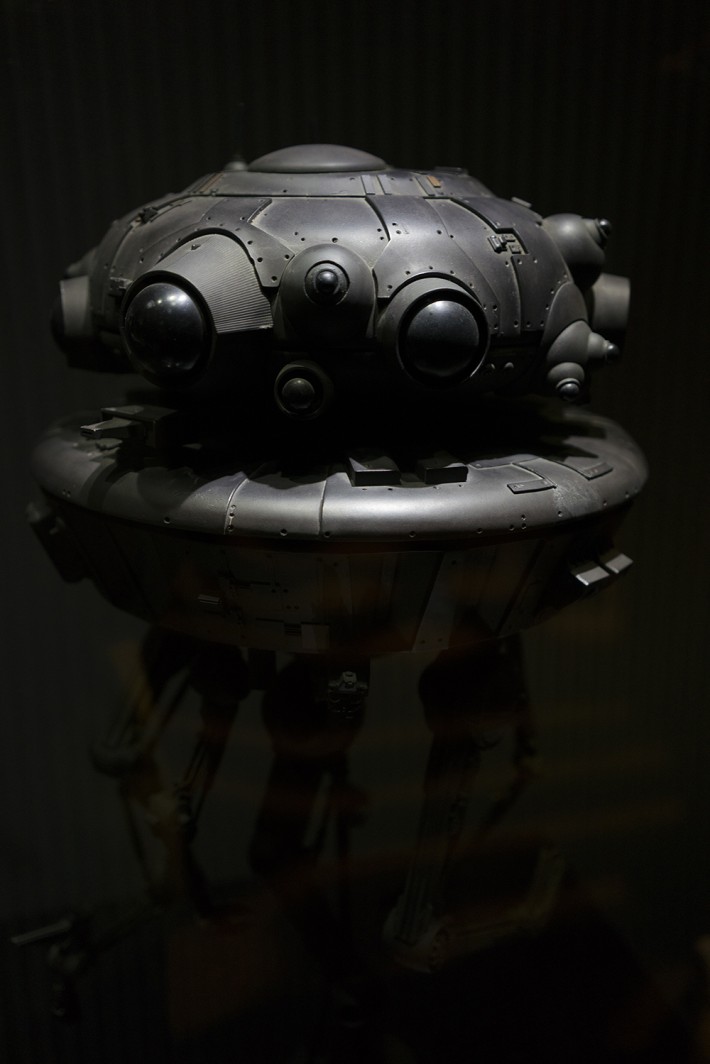
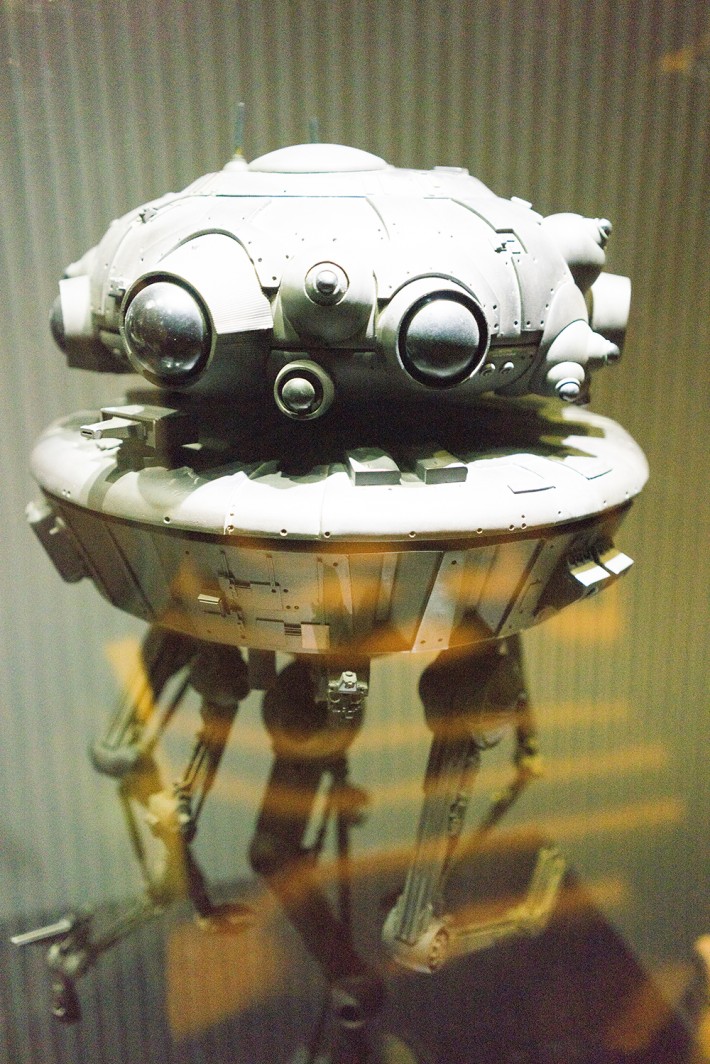


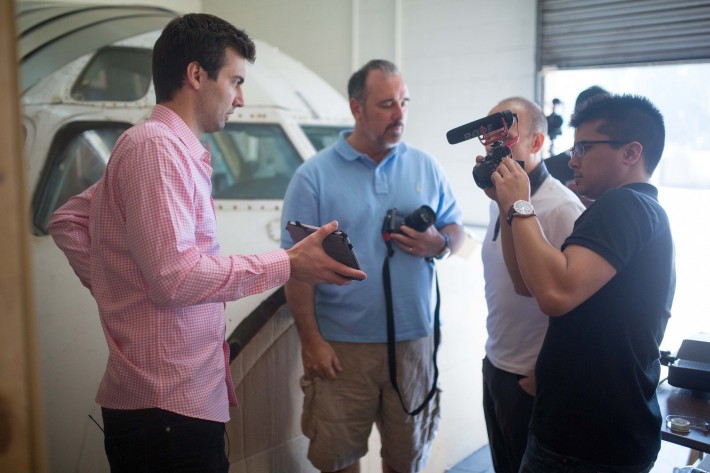
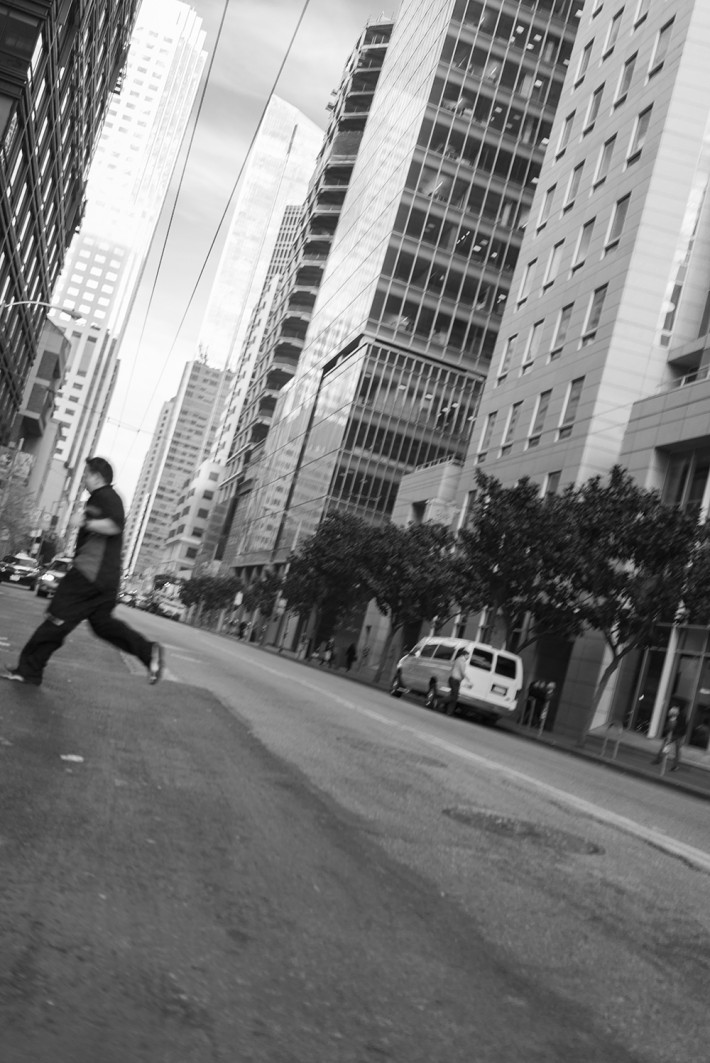







Your review is very fair.I agree with you totally. That shutter sound is way too loud for this type of camera. I mean with all the tech stuffed into it, someone at the design stage should have realized that the sound of the shutter was way too loud. I am sure the camera will do well in the long term, but Sony lost a lot of potential buyers (myself included) just for that issue alone.
I think the engineers wanted an electronic shutter, seeing as they put one in the a7. I bet that in order to rationalize the price point of the a7R, management asked for a real shutter and the engineers just used what they had. Ironically, I feel the price would be more justified with that electronic shutter.
I spoke to the Sony engineers when I was at their Nashville event and they said that because of the specialized offset microlenses design that they can't utilize the same electronic shutter that is found on the a7.
That, plus less mass to absorb the shutter vibration equals more prominent shutter shake.
That being said, I shoot fashion/commercial and I actually like the loudness of the shutter since the model knows that I have taken the shot. It reminds me of a medium format shutter. So I like the sound, not the vibration.
- Joe | fotosiamo.com
That makes a lot of sense, thanks Joe!
Shooting fashion/commercial is a fine use for the camera, and outside of the vibration I love the sound. Unfortunately, it doesn't work if you're trying to capture fleeting moments, like what happens in street photography. It blows your cover.
Hello, Joe.
I am interested to know what your experience has been so far with using the A7R inside (and outside) of a studio. If you use it primarily on a tripod, is camera shake EVER an issue indoors (outdoors). I want to get a full-frame Sony to compliment my A6000 for wedding / fashion photography and I am torn between the A7 and A7R. The A7S is outside my price range for now; its low-light capabilities (and low MP count) aren't really priority for me.
Thanks.
It's nice to hear reviews that are honest instead of full bashing or fanboyism. Great job!
I agree with you. If the specs and sensor is great in the camera, it doesn't it make a great camera. Did you try the body with longer lenses? I've heard that it's pain to use telephoto lenses, thanks to that shutter.
I was only given the 35mm to test this camera with, but I can most certainly see how a telephoto would be a huge headache. It would be very front heavy, and if the lens did not have a neck bracket for a tripod, it would be pretty precarious to balance.
I think Sony is most innovative of the 'BIG THREE' camera makers, Canon, Nikon being the other two but they bobbled the pass on this shutter mechanism
Not only the imbalance but also the shutter makes the 1/*focal length* rule useless since it doesn't work. Not even times two the focal length. The shutter is quite hard hitting so it causes a lot of vibrations which causes composition to move or at least, pic is blurry.
http://www.slrlounge.com/latest-sony-a7r-accessory-block-wood
Here's a more about that thing.
It should be noted that the cheaper Sony A7 uses an electronic shutter (no loud shutter noises) and has better AF performance. If these features are a deal breaker and you don't mind the MP cut, then save yourself 600 bucks.
What's the sync speed on the a7? My Fuji has an electric shutter and I can sync up to 1/2000th of a sec
Looks like 1/160. A7 is 1/250.
Maybe if you have the x100, which has a leaf shutter and even that really only syncs at something like 1/800. The X-E1 syncs at 1/160. A bit misleading of a comment.
My fuji x10 can sync at nearly any speed
Which has a leaf shutter and a fixed lens, like the x100. Not really comparable.
Normal is 1/250, u can sync up to 1/2000? good , almost all sony SLT and mirrorless can do HSS up to max of its capability, 1/4000 or 1/8000, my SLT A35 can do HSS for 1/4k :-), but how many time u use that 1/2k or even faster? that's not worthed to brag.
Maybe mirrorless cameras are the future and maybe it's just another experiment that early adopters will pay dearly for. For now though it's certain it's not quite the DSLR killer some think it is.
And why is it not? Other than shooting moving targets at high FPS (sports, animals), what can these mirrorless cameras not do?
Focus quickly in low light reliably.
I don't think dSLR will go away because there aren't that great long range lenses for mirroless yet. People who needs 400 or 800mm lens will still use dSLR. Like sports event, and etc.
are there any moderately priced big aperture prime lenses for this camera?
They have a 35mm f/1.8 for under $500. They also a 24mm f/1.8 but it's over a grand. The 50mm f/1.8 is cheap, but it's not a Zeiss. Didn't see anything faster than 1.8 though.
You have Rokinon available....
http://www.thephoblographer.com/2013/12/23/rokinon-retrofits-bunch-lense...
...along with all Sony Compatible lenses for FF. You can either use LA-EA3 or LA-EA4.
I use M lenses with voigtlander's close adapter. The Voigtlander 35mm f 1.2 is unique. A great combo for low light and fast focus with peaking.
Sure if you want MF only. I don't.
Jaron you can even use the amazing Sigma 35mm f 1.4 with AF on both adapters. Again, all the Sony alpha FF lenses. One is faster the other one...well....
Ok well then that's cool. But the diversity of lenses on the Sony E-mount is still woefully behind Nikon and Canon.
Indeed, it's a 3 months system.... but what's the alternative to a Mirrorless FF camera for 1220€/1660$ that can use all the lenses ever made in photography?
One thing that I am doing is to get the Sony LA-EA4 A-mount to E-mount adapter so I can use Minolta AF lenses, which is where the current Sony Alpha lenses evolved from. There are some good choices there.
You can also get the Sigma alternatives for Sony alpha for this, too
"I found this choice to not have a display shut off bizarre, as the constant LCD burns battery life very quickly. If you get this camera, you’re going to want to get a spare battery."
I just don't understand why reviewers miss this point.... just add "Custom button 3 - Deactivate Monitor" it's that easy. Don't forget to turn Airplane mode on it saves battery also. Regards.
Apparently it's easy to miss. Shouldn't be.
Agree, but it's a complex camera... and at this level the Nikons have also some quirks. I'm coming from a D800e which I sold in favor of an A7 and M lenses. It fits my style and what I'm trying to accomplish in weddings/corporate work.
I'm surprised you can get this to work for weddings with the terrible contrast detection on the sensor for AF. But whatever works for you!
I don't use AF Jaron. You can see my work here.
https://www.facebook.com/MFotografia.JoaoMedeiros.PamelaLeite
But I started Photography with film and manual focus cameras like Rollei.... despite being 31.
Nice work! Glad you made the camera work for you.
Thank you for the kind words Jaron. I just started Weddings 2 years ago I have a lot to learn, it's very different from my previous experiences in photography both in teaching and photojournalism. I'm sure something "mirrorless" will come your way in the next few years. ;) Best wishes.
Did nobody shoot weddings prior to phase detection AF? Did nobody ever shoot a wedding with the Canon 5D2 which has pretty bad AF itself? What about prior to AF was ever invented?
I'm still in love with Rollei 2.8 F ;)
...not to mention the lovely Zeiss Ikon.
Really? Have you configured a D4 or 1DX? Or even D800 or 5D3. I'm asking rhetorically, all the cameras are getting more and more complex and their menu's are doing the same thing. Here's a recent post of mine on the A7/A7r
http://sebimagery.com/blog/2014/1/24/life-with-the-sony-a7r
That doesn't shut the display off, it just displays black pixels. Which still requires power. Or am I missing something?
That doesn't shut the display off, it just displays black pixels. Which still requires power. Or am I missing something?
i have the D800. Although its big, it resolves the noise issue much better.
Shutter noise and image noise eh?
Images noise. Thanks for pointing that out.
No problem.
Just so you know, you actually can turn off the back screen. You can set a custom button (like the delete button) to turn off the back screen.
I'd like to see a size comparison next to a D800/D610 with a standard lens like the 24-70 f2.8 attached to both of them. Despite being adorable the A7R will have a hard time to fully satisfy the more demanding photographer.
1.) The body takes less abuse compared to a regular (semi)-pro DSLR
2.) Lens collection is lacking and will only slowly grow.
3.) Operating the camera with gloves during winter seems awkward
4.) images/second rate is abysmal. Boot time isn't zippy either.
5.) Accessories like remote controller (flash, body) : available ?
My verdict : The A7R is an outstanding camera which perfectly augments your Canikon system for certain occasions. But on its own it lacks in too many departments to be the perfect all-round companion for the very demanding photographer.
How does it compare to the Sony A7? Because I might be purchasing either the A7 or the A7R for my friend who is also my 2nd shooter for weddings. Thoughts?
You can use both alone for a wedding. It's not the camera, it's skill of the photographer. If your coming from film, specially medium format, the A7 will give you a lot of creative control. The "R" is more of a Pentax 6x7 kind of camera. If your a DSLR photographer you will be disappointed with several things like size, AF and maybe the lack of OVF. Personally for my style and workflow the D800 was a nightmare and the A7 was and is a nice surprise. Think Leica M240.
The A7 and A7r do bring something to the big boys table - but it sure isn't enough to consider the end era for DSLRs. Not when you're talking PRO work. The AF system on these cameras ar nothing that can be called reliable for a pro shooter. I, as a wedding photographer, almost always shoot wide-open or close to with my D3 and pretty much all my lens are pin sharp and precise every time. It's very crucial to trust a camera's AF system in low or dim light situations especially for someone used to shooting without flash. Other than that - the sensors alone are very good, we've already seen those in action on Nikon cameras.
Also these cameras are not a direct competitor to the pro-line cameras ( D4/1Dx )or even semi-pro ( 5d Mk3/d800 ) - these tend to be an alternative to the casual shooter, the guy that wants top quality shots for his family album or vacations. That's the kind of guy interested in the Olympus OM-D, Fuji X-E2 and why not the D610/6D. And guess what - these Sony's are priced in the same ball bark ( a bit extra for the A7R ).
I think the biggest problem for these new Sony cameras ar not the actual cameras, but the way Sony sees fit to charge for the lens in this system:
- Sony 55 1.8 - $1.000
- Sony 35 f2.8 - $800
Jesus - are these guys joking ? Not saying the lens are bad, but for this price you get far a lot more MUCH faster glass from the competitors. Apart from the size difference in bodies only, who in their right mind would choose a A7R + 55 1.8 and not a D800 + Nikkor 50 1.8G for less money ?
I know A7 or A7R are better in many ways but I am going to get RX1 because I really just need 35mm lens and many told me RX1 is very quite shutter speed too. plus it has Zeiss F2 lens.